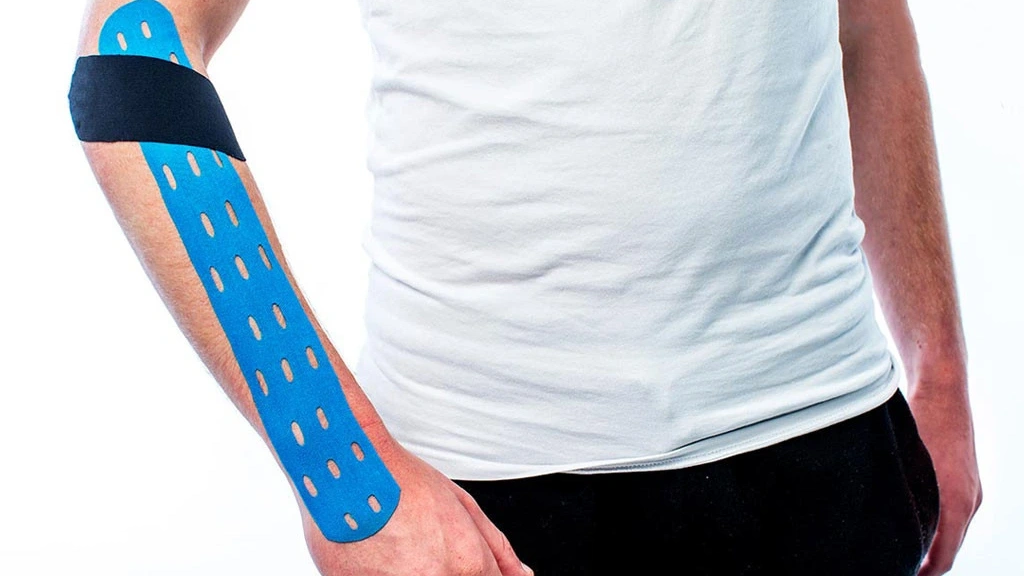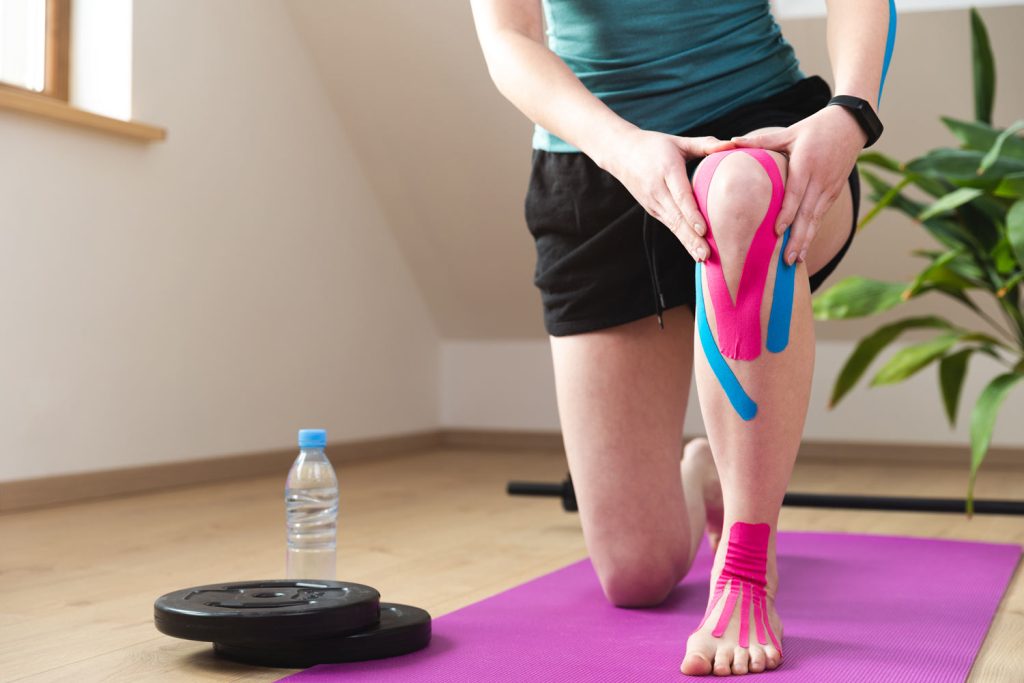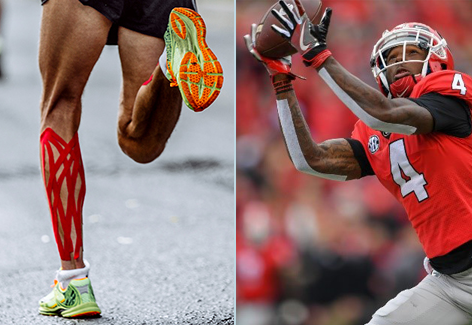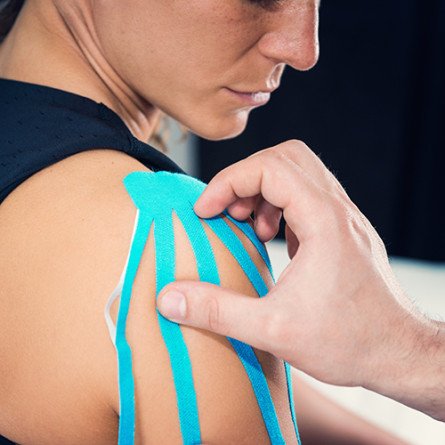Kinesiology tape has become a go-to tool in sports and physical therapy circles, offering support and relief without limiting movement. But while it can be helpful in many situations, it’s not always the right choice. In fact, there are specific conditions, health concerns, and body types where kinesiology tape can do more harm than good.
Let’s break down the key situations when you should skip the tape — and why.

When Kinesiology Tape Should Not Be Used
- You Have Open Wounds or Skin Infections
Never apply kinesiology tape over cuts, abrasions, ulcers, or infected skin. Doing so can trap moisture and bacteria, potentially worsening the condition and delaying healing. - You’re Allergic to Adhesives
Many tapes use acrylic-based adhesives, which can trigger skin irritation or allergic reactions in sensitive individuals. If you have a history of skin allergies, especially to medical adhesives, steer clear or do a patch test first. - You Have Fragile or Very Sensitive Skin
Older adults or those with thin, delicate skin may experience tearing or bruising during tape removal. Always apply with low tension and remove gently, ideally with a bit of oil or moisturizer to protect the skin.
Health Conditions That Require Extra Caution
- Deep Vein Thrombosis (DVT)
If you have a blood clot, especially in your legs, do not use kinesiology tape. It may increase local circulation and dislodge the clot — potentially causing a life-threatening embolism. - Cancer or Active Tumors
Tape should never be applied directly over tumors. Enhanced blood flow around the area could stimulate tumor growth or interfere with treatment. - Heart Conditions
People with congestive heart failure or severe cardiac issues should avoid kinesiology taping unless cleared by a medical professional, as increased blood flow can strain the heart. - Uncontrolled Diabetes
Those with diabetic neuropathy or foot ulcers are at greater risk of unnoticed skin damage. Taping over these areas can make wounds worse or delay healing. - Bleeding or Clotting Disorders
If you’re taking blood thinners or have a condition that affects clotting, be cautious — kinesiology tape might cause subtle bruising or bleeding under the skin.
Special Populations: Should They Use It?
Pregnant Women
- Avoid taping the lower back, pelvis, or abdomen in the first trimester, unless advised by a trained healthcare provider.
- In later stages of pregnancy, kinesiology taping can be helpful (e.g., for belly support), but only with proper guidance.
Elderly Individuals
Due to aging skin’s fragility, seniors should use lighter tension, shorter wear times, and be extra cautious during removal.
Children and Infants
- Infants under 6 months should not use kinesiology tape.
- For older children, only use under medical supervision and after checking for skin sensitivity.
Where You Shouldn’t Apply Kinesiology Tape
- Over surgical scars or unhealed incisions
- On rashes, eczema, or irritated skin
- Near tumor sites or areas with prior cancer treatments
- On hairy areas (unless trimmed) — it won’t stick well and could cause pain
- Over major arteries, lymph node removal sites, or sensitive mucous membranes
What the Experts Say
According to expert guidelines and medical consensus from both Chinese and Western sources, kinesiology tape is not a one-size-fits-all solution. Always assess individual health status before use, and consult a doctor or physical therapist if you’re unsure.
Bottom Line
Kinesiology tape can be a fantastic tool — when used correctly. But if you have certain health conditions, sensitive skin, or belong to a more vulnerable group, it’s best to proceed with caution or avoid it entirely.
When in doubt, ask a professional. Your safety comes first. For those cleared to use it, choosing a high-quality tape — like the ones from Fonitaniya — can make all the difference in comfort and performance.




